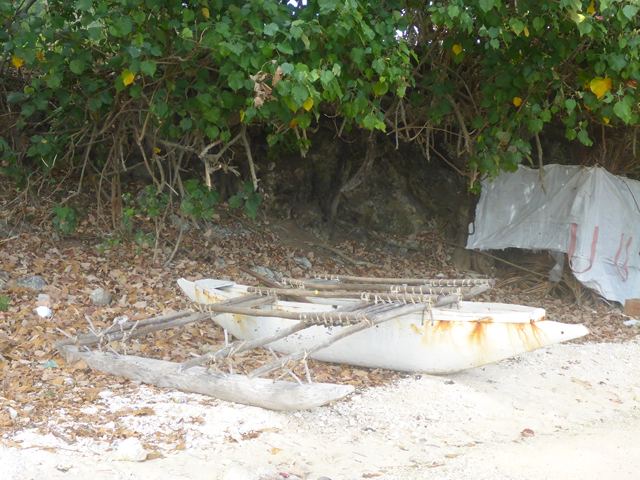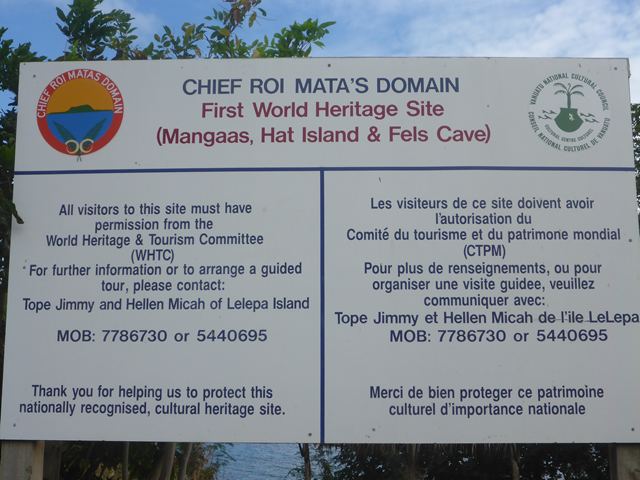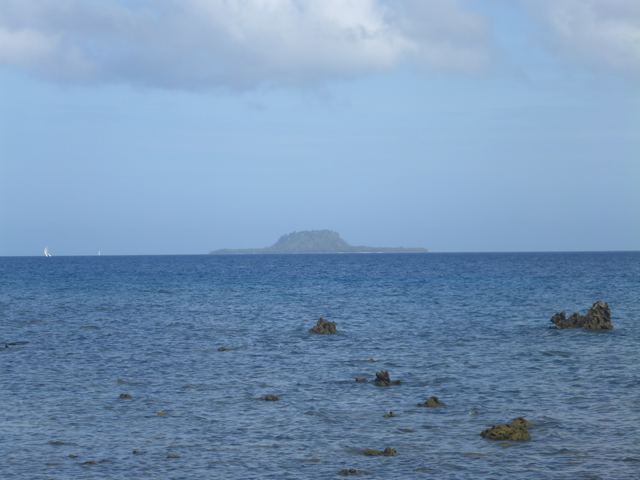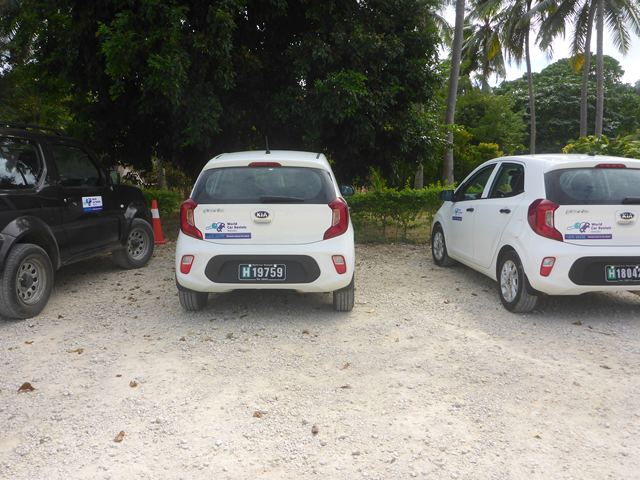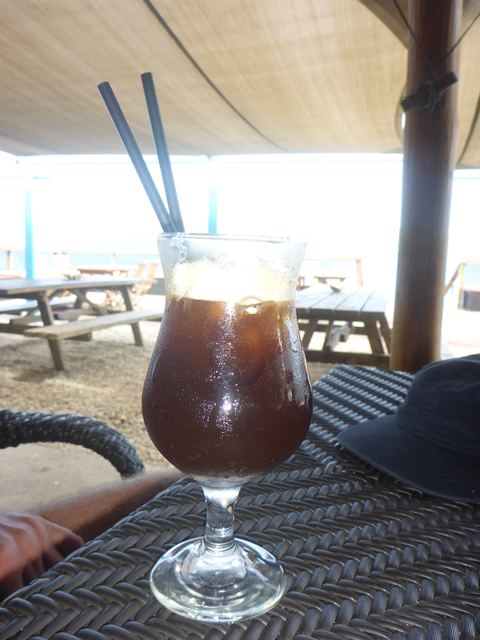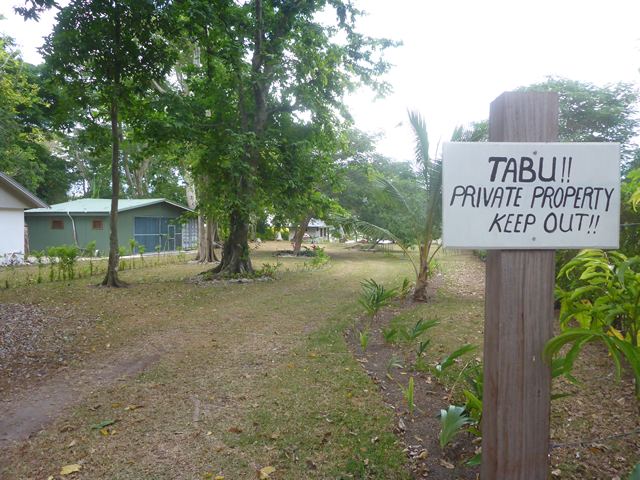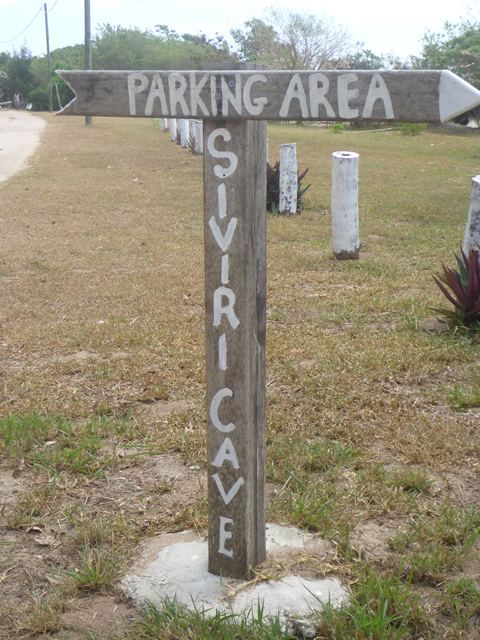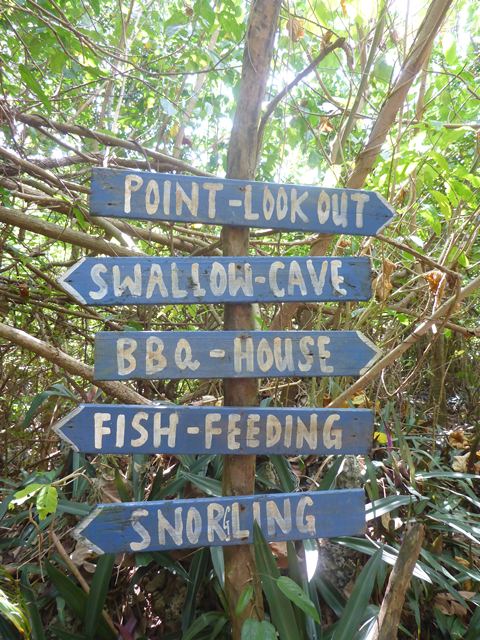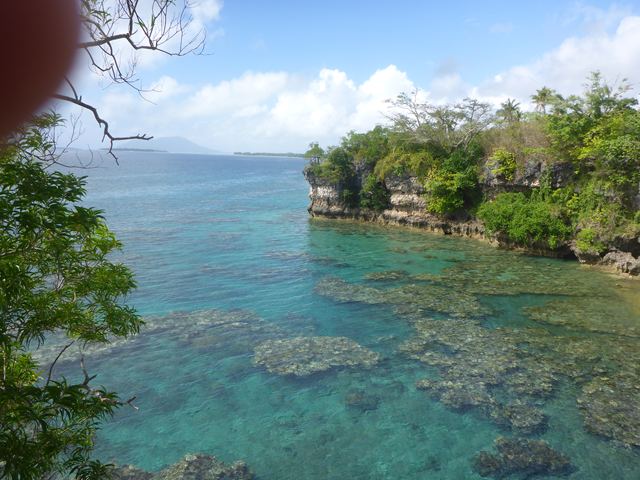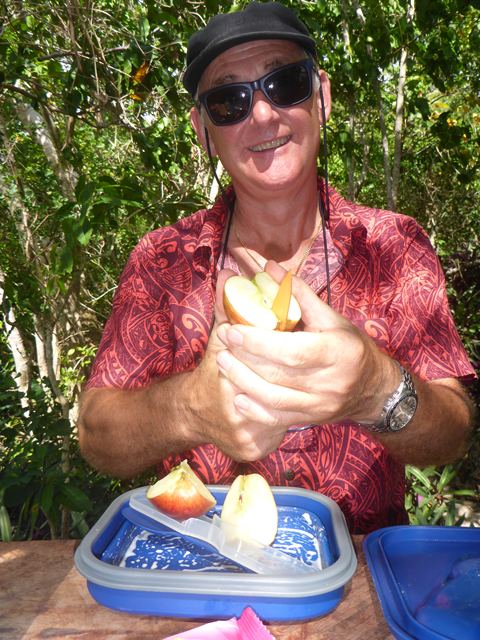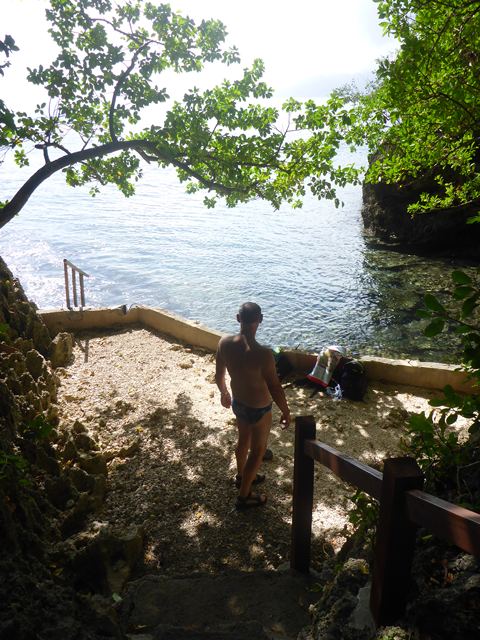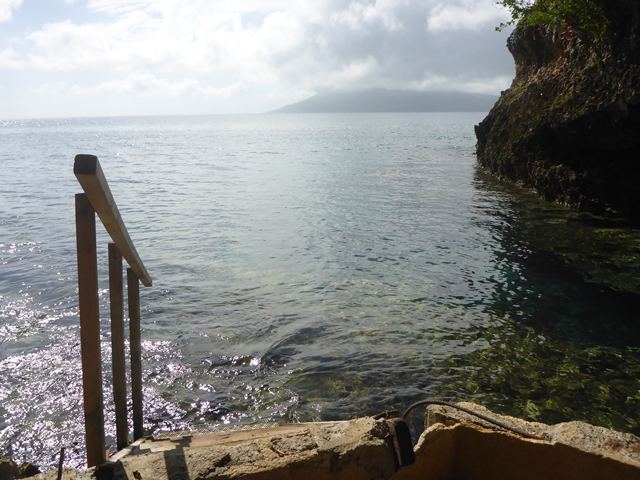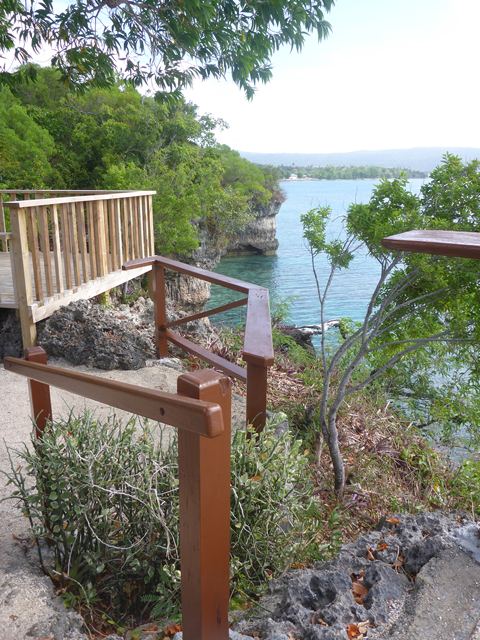2019 Vanuatu Roymatas legacy and Kate Blanchetts donation

|
Roymata’s Reign and the Cave of Swallows Picture the scene, eight hundred and seventy years ago in 1250 a fleet of big outrigger canoes with triangular sails makes its way northwards towards Efate island full with men keen to find new lands to settle. The holds of the canoes are full with pandanus mats and building materials, tools and weapons, food and water and their precious ceremonial clothing and head masks. In the first canoe of the fleet are two brothers from a high status family, Roymata and his brother Roymuru. The outriggers ground onto the coral shore at the southern-most tip of the island, Maniora, where there is now a spar resort. From there over the next months the two men led assaults on this island and its many off-lying islands until Roymata was recognised as the new leader by the previously waring villagers. Roymata, ironically, did not agree with village fighting village over land, women and water so he introduced a new, matri-linear system which linked villages through high status families. The marriage of the women from these families to men of the same status family in neighbouring villages thus maintaining the links between villages so war would not be waged between them. The system still functions today and we met numerous women throughout the islands who came from another island to marry her husband and live with his family. Although there are still land disputes after a volcanic eruption destroys one person’s productive land, these are sorted by the chiefs of the combined village councils. At Manga’asi on the shores of what is now known as Havannah Harbour a village was known to have been inhabited from 500AD and here Roymata decided would be the ideal place to settle. He ruled the island with benevolence, a quality so rare in those set up to govern and under his leadership the village grew and grew. The people of Efate became united and the economy thrived on the productivity of peacetime. Offshore from his home village are two islands, Lelepa and the much smaller Eretoka or Hat Island which appears in photo number 575. Lelepa Island you can see directly opposite the beach at Lelepa Landing where I took the photos of the World Heritage Sign and Rob sitting on the giant clam bench. The area between these two islands and Roymata’s home are now known as his Domain, where he lived and functioned for around fifteen years. Sadly his brother, Roymuru was a jealous person and one day while they were on Lelepa Island he shot his brother through the throat with a poisoned arrow. His mortified followers carried him to a deep cavern of compressed ash and calcium called Feles Cave near the main habitation on the island, Natapao where he died. High up on the walls of the cave are black wall paintings of men, fish and birds which date from about 900AD. With Roymata’s demise there it is now a place of national significance since Roymata is remembered as the man who shaped present day Vanuatu with peace and unity. His body was laid carefully in a canoe and taken back to Lelepa Landing you see in the photos and then on to his village, Manga’asi to his young wife and family and the other members of his court for the 100 day and night mourning period and it was decided he would be laid to rest with his 18 courtiers, their 21 wives and Roymata’s own wife effectively ending his dynasty. When the time came the men drank a lot of strong kava to make the traumatic experience bearable but the women were not given this option and according to Edgar at the Museum Roymata’s wife ran as fast as she could into the bush to escape. What must she have felt, the loss of her beloved husband and then facing being buried alive. She was brought back and joined the rest of the funeral party as they made their way to the island from the tiny beach at Maga-liliu village which ironically survives the deceased’s own capital still being a small village. After the burial the mourners danced over the grave and then decorated it with a big stone you can see in the photo in the Museum blog and the story was carried down through the generations who treated the grave site as tabu, a forbidden area. But was it true? In the late 1960’s a French archaeologist, Jose Garanger decided to test the legends and spent some time excavating the site. He found the 41 skeletons and Roymata was clearly distinguished by his ornate necklace and the many rings around his ankles. You can see the bindings around his wife’s wrists and from the position of her bones she tried desperately to avoid being buried alive. Roymata’s home village of Manga’asi understandably went into decline after his death and was eventually the remaining residents left in the 1700’s. This long abandoned capital has now been reclaimed by Mother Nature and although it is thought the local villagers can still show one the site it could do with being excavated to add to the incredible story and become part of the cultural pilgrimage around his world. By this time in our circumnavigation of the island we were ready for some refreshment and found the Wahoo Bar/Restaurant and guesthouse. Situated on the shores of the Havannah Harbour’s protected waters the welcome was a warm as the price for two iced coffees was high, £12. We gathered the owner was Australian with an ex-pat mentality on pricing. Onwards through the sprawling village of Ulei built amidst the abandoned Havannah Harbour settlement. (The name Havannah came from the first British warship that regularly patrolled the archipelago. Back in the 1800’s this was the island’s main settlement until a combination of drought, falling world cotton prices when the US resumed production after the Civil War, cyclone devastation and malaria forced the settlers to set up the new capital on the shores of the protected bay at Vila. All around remains the evidence in the form of runways, wrecked planes, jetties, a museum and ruined buildings of the WW11 US presence but we decided to view them only if they appeared; our main interest was in the island, its history and its people. So next on the list was the Valeafau Cave at Siviri on the north coast where David McArthur had an interesting story to tell. He is pictured with Rob. To tell the story of the cave it is essential to include the big island of Nguna that lies across Undine Bay to the north. This island through history had been a home to warfare between the hill dwellers and the coastal people. The conflicts ranged from suspicion of theft of fruit and vegetables from the garden and trees, allegations of causing injury and death by sorcery and the availability of water, and that is where the cave comes in to the story. David explained that back in the dangerous times of blackbirding the people from Siviri village where he was born and bred and numerous other villages too moved up into the hills to hide from the marauding French ships, so for a while the village was empty. So during the nights villagers from Nguna paddled their canoes across under cover of darkness to search for water. They watched as swallows disappeared into the rocky undergrowth and then emerged from a different point. On further searching they found the cave and its life saving lake of fresh water and from then on shared it with the swallows. There is evidence in the form of the footprints that the cave has been in use through history but when the villagers returned to their home village from their hill-top hideaway after the threat of blackbirding was over the chief confessed he had no idea it was there. The Nguna Villagers paid compensation to Siviri village and continued to take water from the lake. Once an expedition of scuba divers is thought to have travelled 5km into the cave before turning back but we just took a few paces into the cool watery interior and declined David’s offer of a kayak trip on the lake for another 1000vu and instead listened to his tale of how he used to look after Kate Blanchett’s nearby vila for five years which is now on the market for 3 million vu, (£21,428); he described where it was but we didn’t look hard for it. She had previously donated 5 million vu after the devastating effects of cyclone Pam. Bless her. Our next stop was an idyllic little garden area between the village itself and the waters of Undine Bay where we watched a big herd of narrow-beaked oceanic dolphins gradually making their way down the Bay about 20 metres beneath our beautiful lookout. Straight opposite was the big island I have mentioned, Nguna sitting in brooding dark shadows under its hat of cloud, it would become our companion where we were going to stay. We had paid 1000vu (£7) each for access to the area and it really was ours for the time we were there, quite alone. After lunch of coleslaw salad and in addition for Rob two beef sausages, and fruit at a picnic table with the benches fastened to young sandalwood trees, we scrambled down the steps to a little walled terrace just above the water. No need for the changing room we were soon making our way in sandaled feet across the carefully and thoughtfully smoothed limestone rocks before launching ourselves into the deliciously cool and clear water. Familiar fish swam in the caves and submarine alleyways of this limestone reef that was devoid of coral, just very sharp rock! Our next stop was the stuff of dreams, in this particular instance Doroline’s Dream.
|

